One of the lesser-known histories of Turner County was the existence of the German POW Camp that was located in Ashburn during World War II. One can wonder if it was lost to memory since it was one of many, but the frank reality is that it was not heavily talked about or documented. Doing a cursory Google search and you may see a line or two in passing mentioning that an auxiliary branch of Camp Wheeler was located in Ashburn, but sadly, there is not much that truly documents the POW camp and the experience. These camps ensured the enemy [German soldiers] wouldn’t return to the front lines. It put the POWs near local businesses and families doing the jobs and other tasks that were left vacant when so many local men had gone off to fight the war.
According to historian Dr. Kathryn Coker, “…the U.S. government confined approximately 425,000 German, Italian, and Japanese POWs in the Zone of the Interior (homefront). They were part of three million prisoners the Allies held during the war. Between 1942 and 1945, the government set up at least 511 POW camps on America’s homefront. Almost every state, especially in the South and Southwest (with its warmer climate and more rural areas), had one or more camps. Most were German soldiers, but not all were Nazis.”1
Turner County had one of these camps.
Research about the Ashburn POW Camp
Lydia Burch Stevens, a former Turner County citizen, wrote in one of her memoirs, Long Furlough about the POW camp. Here is an excerpt description of the camp in Ashburn:
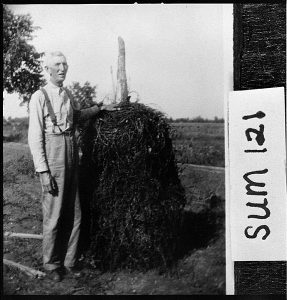
“The camp was established in 1944 and was located outside of Ashburn near the Buttermilk Daniels Farm. It was enclosed with a high wire fence and the men lived in tents with wooden floors. Most of them were very young. There were 200 prisoners and 20 guards. We were told that they were from Austria and glad to be out of the war. They were to work on the farms since so many men were away in the service. Some worked gathering peanuts. A mule with a chatanoo 66 plow plowed up the peanuts. The men would take the peanut plants and lift them by hand or with a pitch fork and shake the dirt off. Then the plants were placed around a pole for the peanuts to dry. It was called stacking the peanuts. The peanut plants were fed into a thrasher where the peanuts were separated from the vines. The vines were tied in bundles and then they became hay.
Some of the men worked in the woods gathering pine sap to be distilled into turpentine. Usually a group of four would go into the woods accompanied by a guard. With a big knife they would make a V shaped cut in a pine tree. Under the cut a triangle piece of tin was nailed and then a tin can was nailed under it. The sap would run down and go into the can. Every week they would go back and collect the sap that had run into the can. The sap was distilled into turpentine to be used in pain, medicine, and munitions.
On Sunday afternoons we would park outside the fence and watch the men play soccer. We had never heard of this game. One of the reasons we weren’t afraid of them was the little chapel they built of scrap lumber. The little cross on top of it made for good feelings in the community.
… We had prisoners in Germany and hoped they were treated as well as these men.“2
Another Turner County citizen, Marlyn Nelson remembers the POWs helping on her family’s farm during her childhood:
“A group were hired to come out to our farm and stacked peanuts. Mother fixed the men tea for lunch, and I carried it to them. They ate lunch under a pecan tree at the edge of our yard.”
The Turner County Project even researched National Archives records and an interesting visit report was found from April 25, 1945.
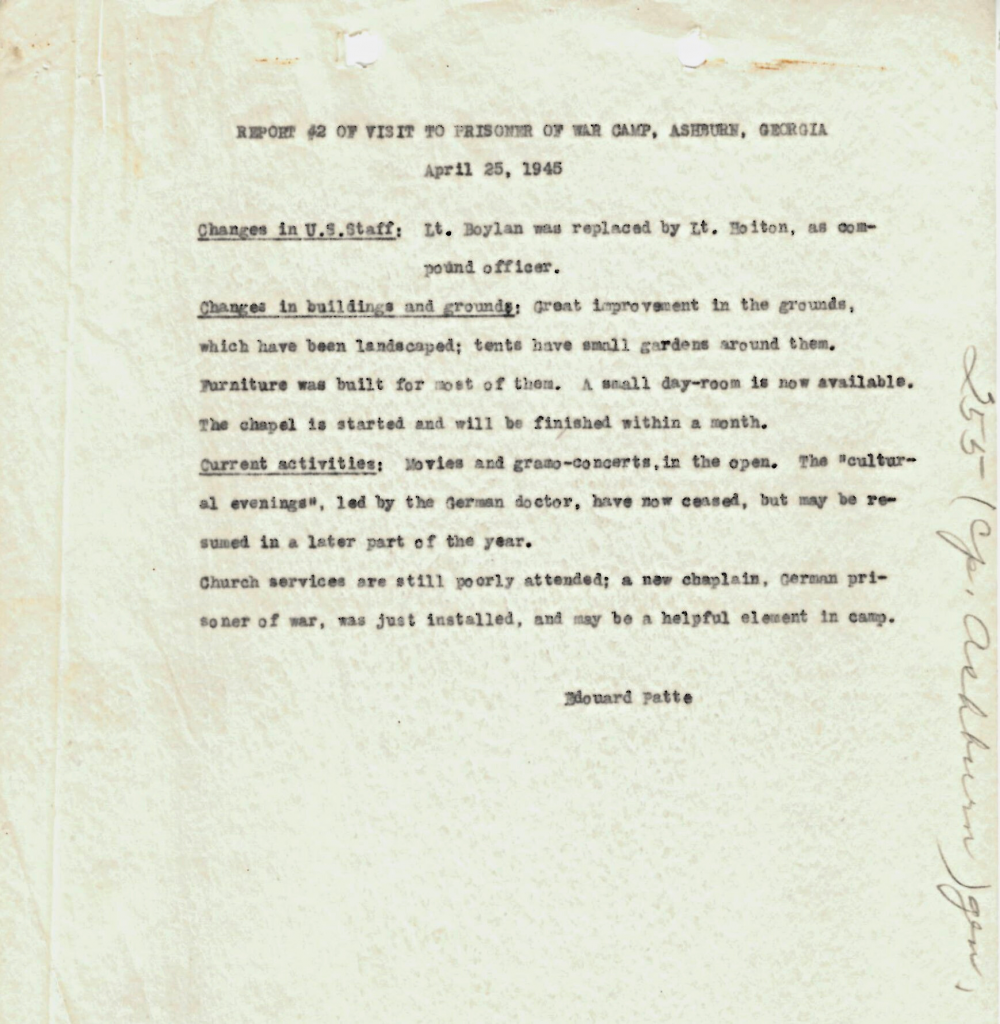
TRANSCRIPTION BELOW
Report 42 of Visit to Prisoner of War Camp, Ashburn, Georgia
April 25, 1945
Changes in U.S. Staff: Lt. Boylan was replaced by Lt. Hoiton, as compound officer.
Changes in buildings and grounds: Great improvement in the grounds, which have been landscaped; tents have small gardens around them. Furniture was built for most of them. A small day-room is now available. The chapel is started and will be finished within a month.
Current activities: Movies and gramo-concerts, in the open. The “cultural evenings”, led by the German doctor, have now ceased, but may be resumed in a later part of the year.
Church services are still poorly attended; a new chaplain, German prisoner of war, was just installed, and may be a helpful element in camp.
Edouard Patte3
The Turner County Project hoped that by looking at local media, The Wiregrass Farmer and Stockman, there would be a plethora of information that was sorely lacking everywhere else. But alas, despite some cursory small articles found in the paper, there truly was not much on the WWII POW German Camp.
Timeline for the WWII POW German Camp in Ashburn, Georgia
1944-1946
Click to read all articles from The Wiregrass Farmer and Stockman:
- May 11, 1944: “War Prison Camp Approved for Turner”
- June 15, 1944: “War Prisoners to Harvest Crops in South”
- July 20, 1944: “War Prison Camp Now Located Here”
- August 10, 1944: “Turner Farmers Ready to Harvest Crops”
- January 4, 1945: “Old Furniture Wanted Prison Camp”
- February 15, 1945: “German Prisoner Help is Available All Year”
- March 7, 1945: “Agriculture Subjects: Farm Labor”
- March 28, 1945: “Sale of Buildings at Prison War Camp”
- August 2, 1945: “Regulation on Peanut Harvest With Prisoners”
May 11, 1944
“War Prison Camp Approved for Turner”
The first mention of the POW camp was in the May 11, 1944 edition of The Wiregrass Farmer and Stockman. Approval for a war camp of approximately 250 prisoners. The application was made by Geoghagan Lumber Company with the help of Congressman Stephen Pace “with the understanding that these prisoners would be used by the lumber mills, farmers cutting pulp wood, naval store operators, and also for harvesting of crops.” Before the camp approval, prisoners were being transported and utilized each day from an Albany location.
This article details the location of the county farm which is approximately 1.5 miles from Ashburn.
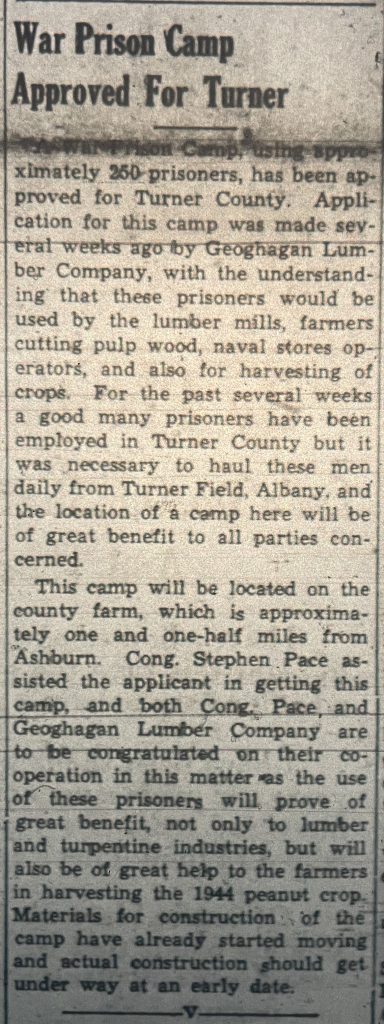
June 15, 1944
“War Prisoners to Harvest Crops in South”
“Ashburn…for harvesting pulpwood, hauling and loading lumber, and in the harvest of miscellaneous crops…”
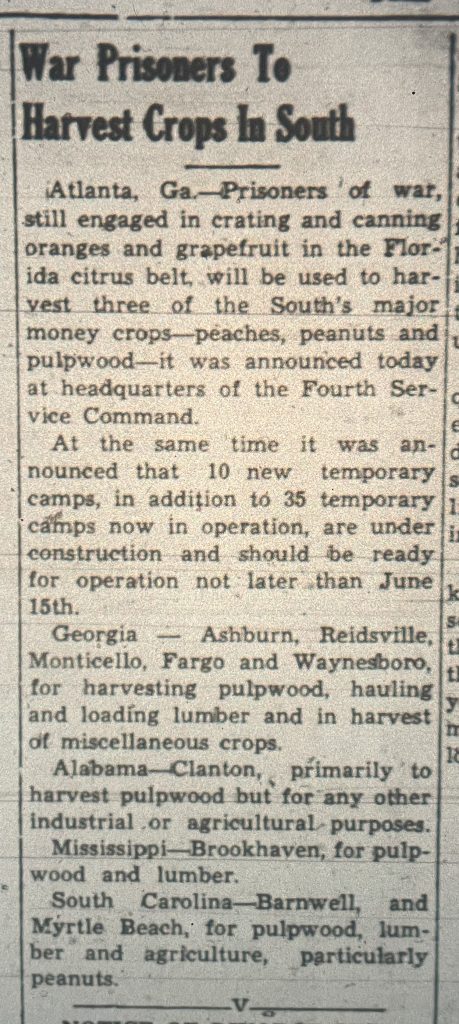
July 20, 1944
“War Prison Camp Now Located Here”
“Camp is Located on County Farm. German Prisoners Were Moved Here Last Week End.”
Described as a “hustling little tented city,” 200 German POWs were moved from Macon to Ashburn with possibilities of 50 more.
Camp Commander: Lt. R. Broocks
Commanding Officer: Lt. Robert A. Stluka
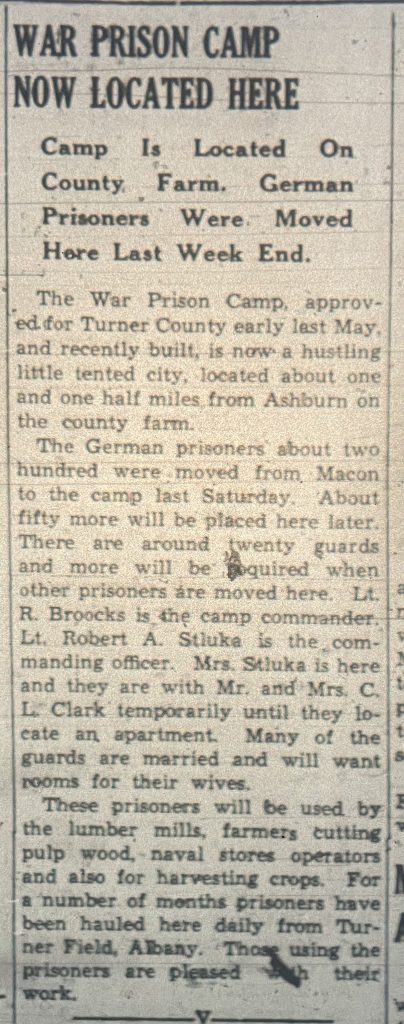
August 10, 1944
“Turner Farmers Ready to Harvest Crops”
“… The biggest worry now will be shortage of labor in harvesting the crop. Last year many people in town went to the fields and aided this effort and this year they are needed again. The man power shortage was overcome in some communities also by farmers swapping labor and farm machinery. This is an excellent plan again this year. War prison labor was used to some extent last year and since a camp is now located in Turner County, this help will again be available this year.”

January 4, 1945
“Old Furniture Wanted at Prison Camp”

February 15, 1945
“German Prisoner Help is Available All Year”
“He [General Lerch, the Provost Marshall General] tells me today that the Geneva Treaty provides that prisoners of war shall be returned to their country as soon as possible after the end of the war. But he says that there are many considerations that enter into the question of how soon it is possible to do so, including the availability of shipping, the conditions in Germany immediately following the end of the war, the European rehabilitation program, etc… On the basis of all he says I believe the farmers can be safe in making their plans whereby they can count on the same amount of help from war prisoners this fall as they had last year…”

March 7, 1945
“Agricultural Subjects: Farm Labor”

March 28, 1945
“Sale of Buildings at Prison War Camp”
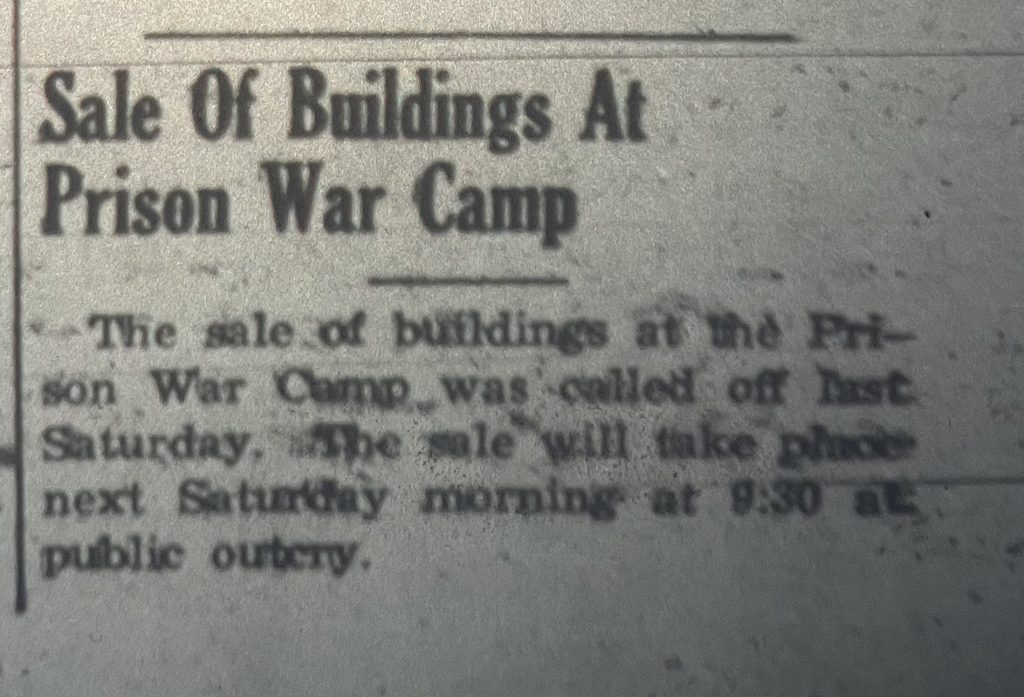
August 2, 1945
“Regulations on Peanut Harvest with Prisoners”
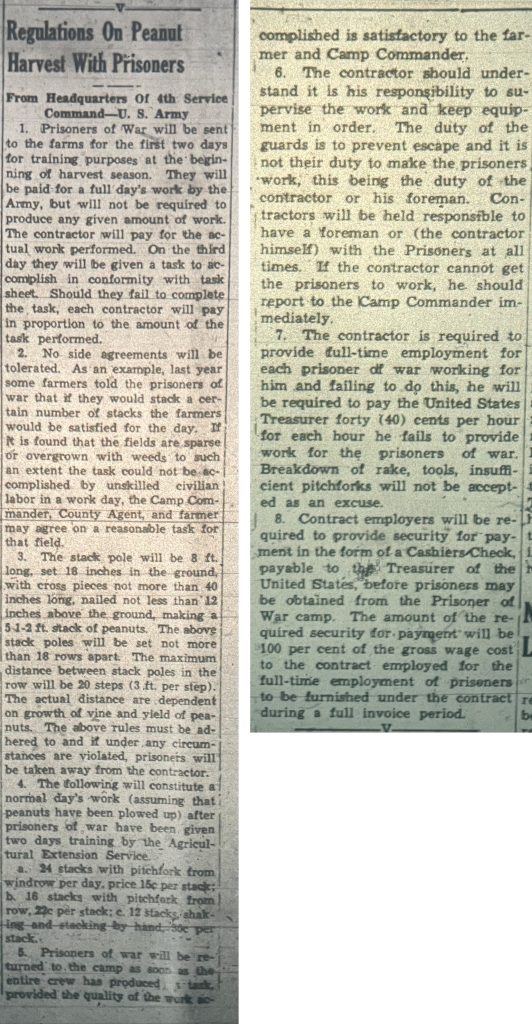
The Pieces that Remain of the POW Camp
Guardhouse
Not much is left almost 80 years later. One of the guardhouses is located on Raney Street in Ashburn, another on Monroe Avenue. According to current Raney St. owner Susan Watson, “It was purchased by the Mashburn family and placed in the backyard for their daughter Felicia to have a place to wash ladies’ hair. When I was 5 or 6, I would go with my grandmother to take biscuits to the camp… whether for prisoners or guards, I don’t know; I also remember Grandmother would come to Felicia’s little beauty parlor to have her hair washed and rolled.”

Correspondances/Photos
Below is a postcard from a POW prisoner, Gerhard Lorenz, who was once at the Ashburn camp and worked for Mr. Chester Lee “C.L.” Wilson of Chula, Georgia. What is interesting about this note is that the POWs formed relationships with the farming families they worked for while in Turner County enough to carry on correspondences after they were removed. After World War II, German prisoners were taken back to Europe as part of a reparations agreement. They were forced into new labor camps, hence the postcard saying “Correspondance des prisonniers de guerre” or Correspondance of Prisoners of War.
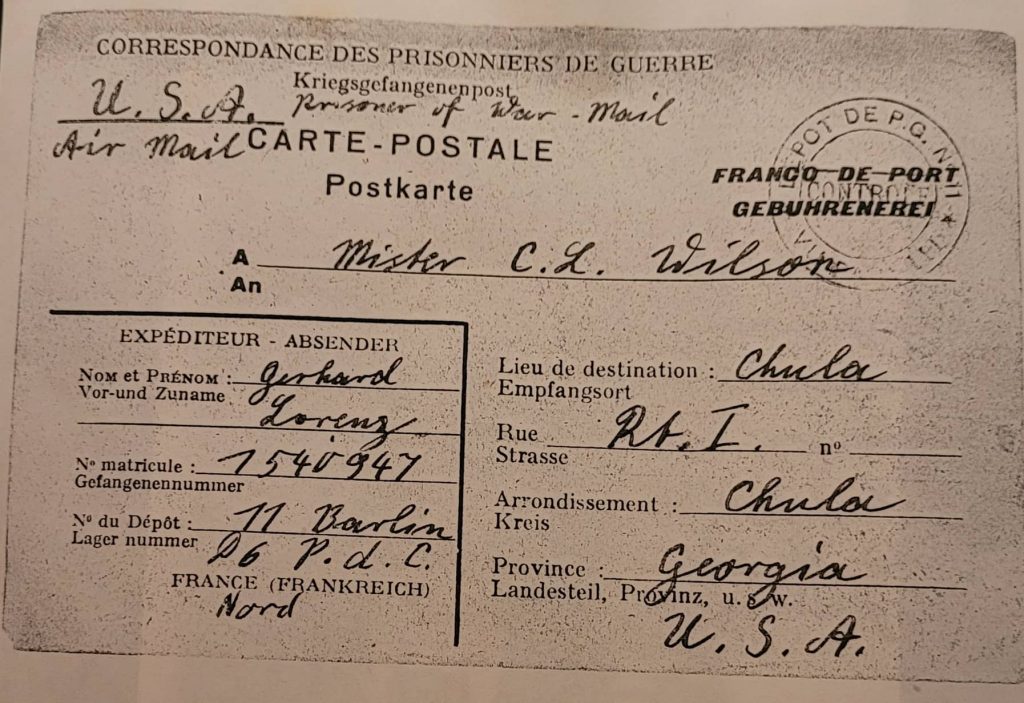
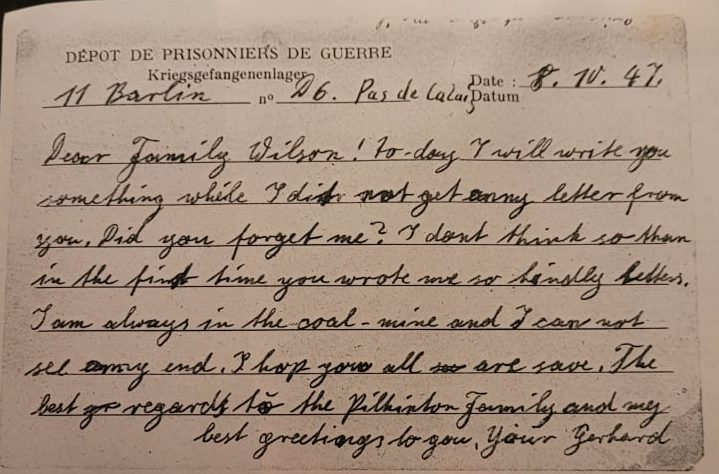
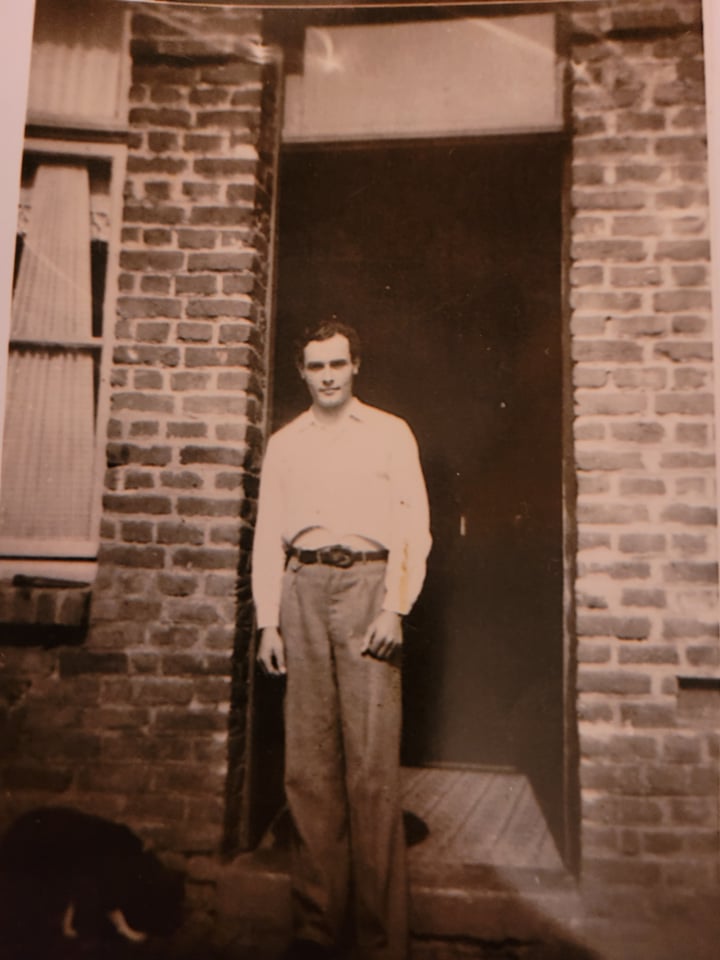
Post Card transcription (back)
Prisoner of War Depot
Date: October 8, 1947
11 Barlin No D6. Pas de Calais
Dear Family Wilson! To-day I will write you something while I did not get any letter from you. Did you forget me? I don’t think so than in the first time you wrote me so kindly letters. I am always in the coal-min and I can not [unknown] my end. I hop[e] you all are save [safe]. The best regards to the Pilkinton Family and my best greetings to you, Your Gerhard.
Special note: Chester’s wife’s name was Unez Pilkinton Wilson. This could explain the Pilkinton family reference in the postcard.
Thank you to Chris Nesmith, grandson of Mr. Wilson, who shared the copies of these with the Turner County Project. (Courtesy to Mrs. LaRue Nesmith as well, daughter of Mr. C.L. Wilson).
When it comes to history, memories fade, but what remains are the written words.
If you want to submit something to the Turner County Project, reach out at contact@turnercountyproject.com.
Notes:
1 Coker, Kathryn Roe, and Jason Wetzel. Georgia POW Camps in World War II. The History Press, 2019. (page 8)
2 Stevens, L. B. (1995). POWs. In Little Furlough: World War II years. essay, Lydia Burch Stevens.
Due to the private publication of this book, not many copies are available. A copy of this book can be found at the Victoria Evans Memorial Library in Ashburn, GA.
3 1945. 255, Camp Ashburn, Georgia. [Manuscript] National Archives at College Park – Textual Reference, Series: Decimal Files, 1943 – 1946 Record Group 389: Records of the Office of the Provost Marshal General, 1920 – 1975. College Park, MD. (https://catalog.archives.gov/id/788252)
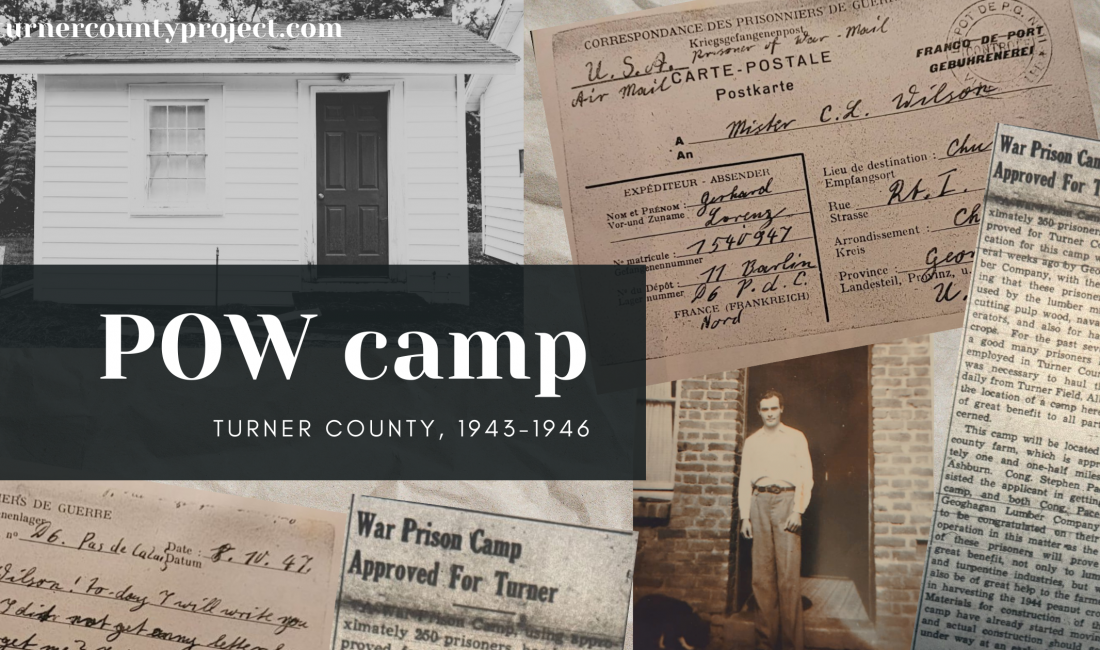


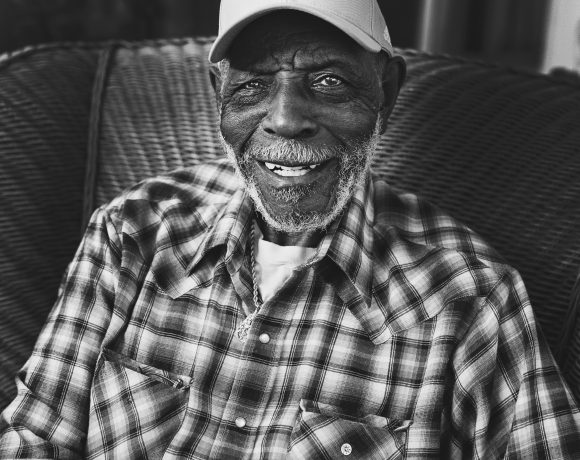

My father’s family had German POW’s who worked on their farm. My grandfather was Jackson Daniel McCorvey and my grandmother was Maggie Bell White McCorvey. My father , James Howell McCorvey ,was in the Pacific theatre at the time. The story that I was told was that the German POW’s would come in the mornings to the farm to work and that at lunch my grandmother would give them sandwiches and something to drink. They would come to the well and wash from their hands to their elbows before eating. Cleanliness was a definite German characteristic. The group had one person who could speak some English. His name was Hans. They knew that a son of the farmer was in the war and were afraid my grandmother would poison them, but learned to trust her. They would return to the prison at the end of the day. When they were sent back home to Germany , Hans wrote letters to my grandparents. Unfortunately , they learned that he was killed in an automobile accident after returning home . This is the story I was told by my parents Howell and Mary John McCorvey .
What an incredible story! That seems to be the theme with the relationships between the POWs and farm families! I wish someone had copies of the letters.